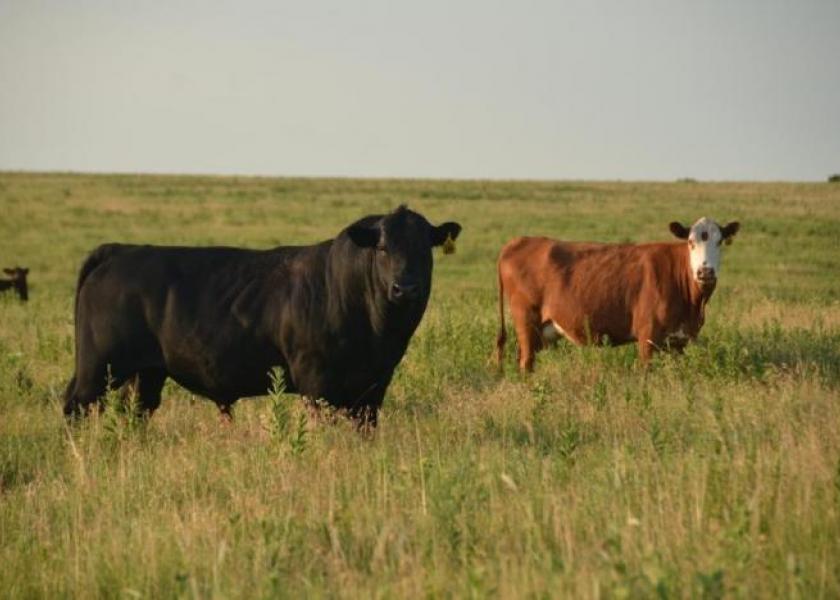Which STD Test Is Right for Your Herd?

The long-term effects of spreading trichomoniasis, commonly referred to as trich, in your cattle herd can be much more devastating than simply having a number of cows open at the end of the breeding season.
“A small percentage of pregnancies will be affected the first year, but it’s typically the second or third year of a trich infection that really causes the economic losses,” said Joe Gillespie, DVM, Boehringer Ingelheim. “With multiple infected bulls breeding cows, you can see more than 50 percent of your cows open, which results in a huge reduction in production and profitability for a cow-calf producer.”
Cattle infected with trich continue to appear and act normally, so testing is the only way to confirm the presence or absence of this sexually transmitted disease in your herd. To diagnose the disease, a preputial fluid sample is taken from the sheath of the bull’s penis.
Prior to breeding, Dr. Gillespie recommends testing bulls with one or both of the following methods:
1) A pouch culture is considered the “gold standard” of trichomoniasis testing methods, allowing the protozoa collected from preputial or vaginal samples to grow in a special medium.
“If you find a positive result with this test, you can have a great deal of confidence that you have a trich-infected animal,” stressed Dr. Gillespie. “Advantages of this test include ease of use and quick results, but occasionally, the culturing method will result in a false-negative. This happens when the particular sample collected does not contain Tritrichomonas foetus organisms, but they are, in fact, still present in the animal.”
2) The other testing option uses a polymerase chain reaction, commonly known as the PCR method. This test recognizes RNA or DNA fragments from trich-causing protozoa to confirm if your cattle have been exposed to the disease.
“PCR testing doesn’t tell you if you have an active trich infection, but it can tell you if you have a history of trich infection in your herd,” explained Dr. Gillespie.
Ideally, trich testing will accompany an annual breeding-soundness examination and be conducted by a certified veterinarian.
Successful trich management requires a multi-pronged approach
In addition to testing bulls prior to turnout each year, successful management typically requires a combination of protocols, which often include:
- Testing bulls for trich three weeks after the breeding season and culling any newly infected bulls;
- Maintaining a closed herd or thoroughly evaluating cattle entering the herd for risk of trich;
- Administering a vaccine that helps protect against the spread of trich;
- Using artificial insemination; and
- Practicing strict biosecurity measures.
“The economic impact of trichomoniasis is devastating, but you can prevent or overcome an outbreak by adhering to strategic management and prevention practices,” said Dr. Gillespie. “I’ve seen a producer with a 50-percent herd pregnancy rate get back to 90 percent by implementing a management plan that included a vaccination program, and strictly using new, clean bulls or artificial insemination.”
It’s important to note that the risk of developing a trich infection varies among herds, so effective prevention and management protocols do not look the same for every operation. Furthermore, trich testing regulations vary by state. Dr. Gillespie strongly encourages producers to work with their local veterinarian to design a comprehensive trich testing and management plan unique to their herd.







